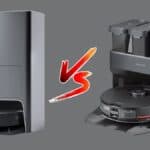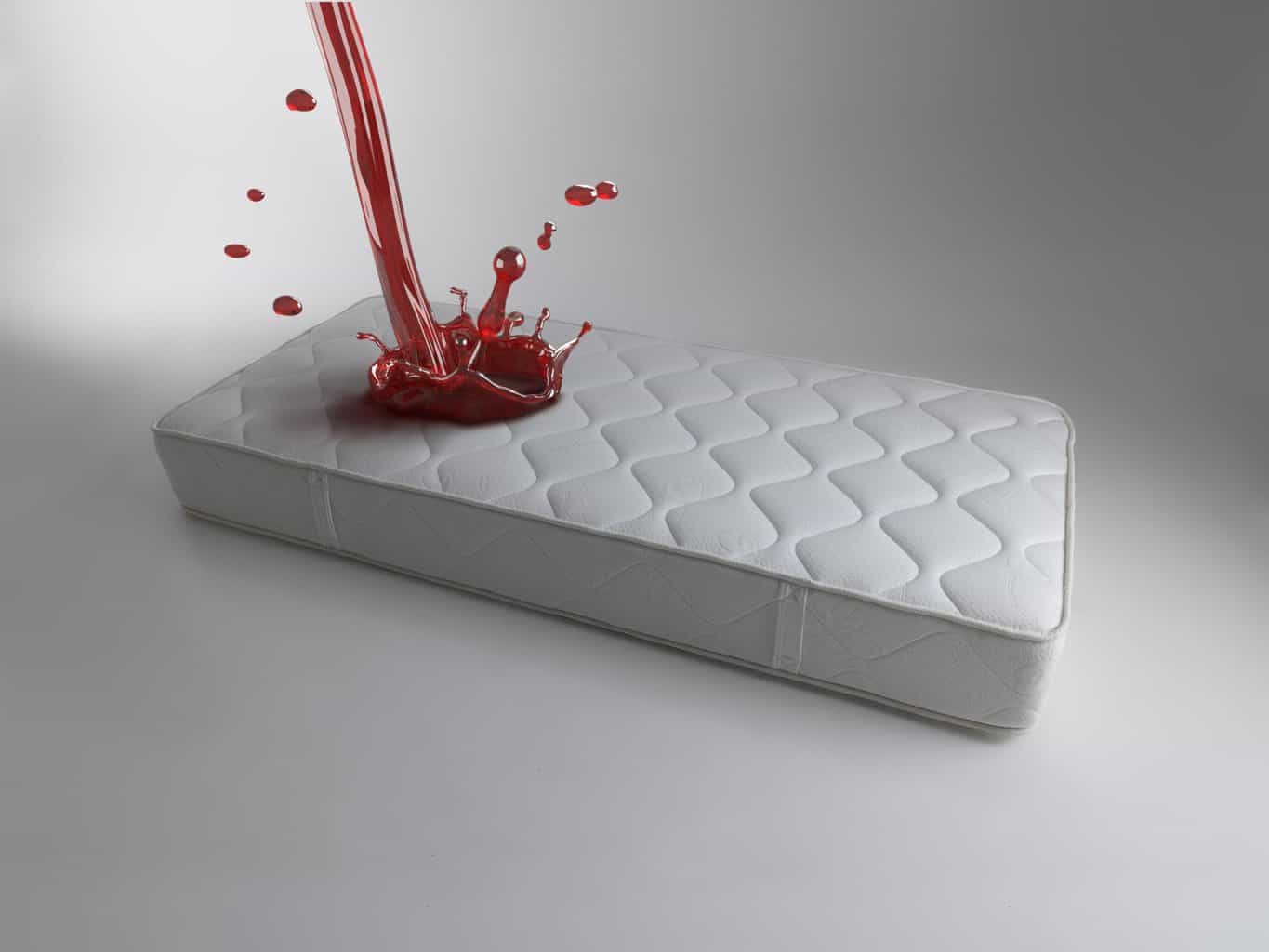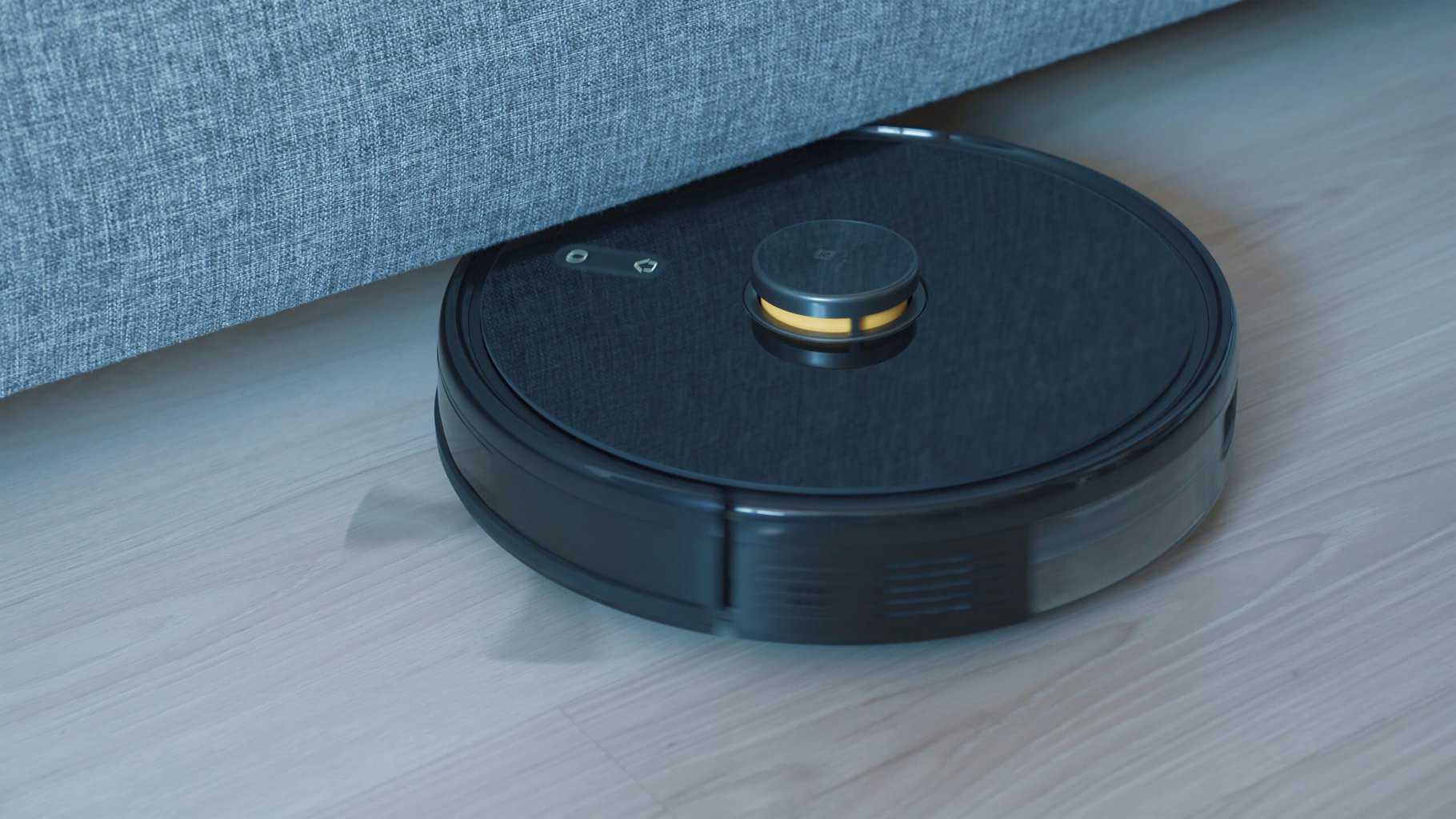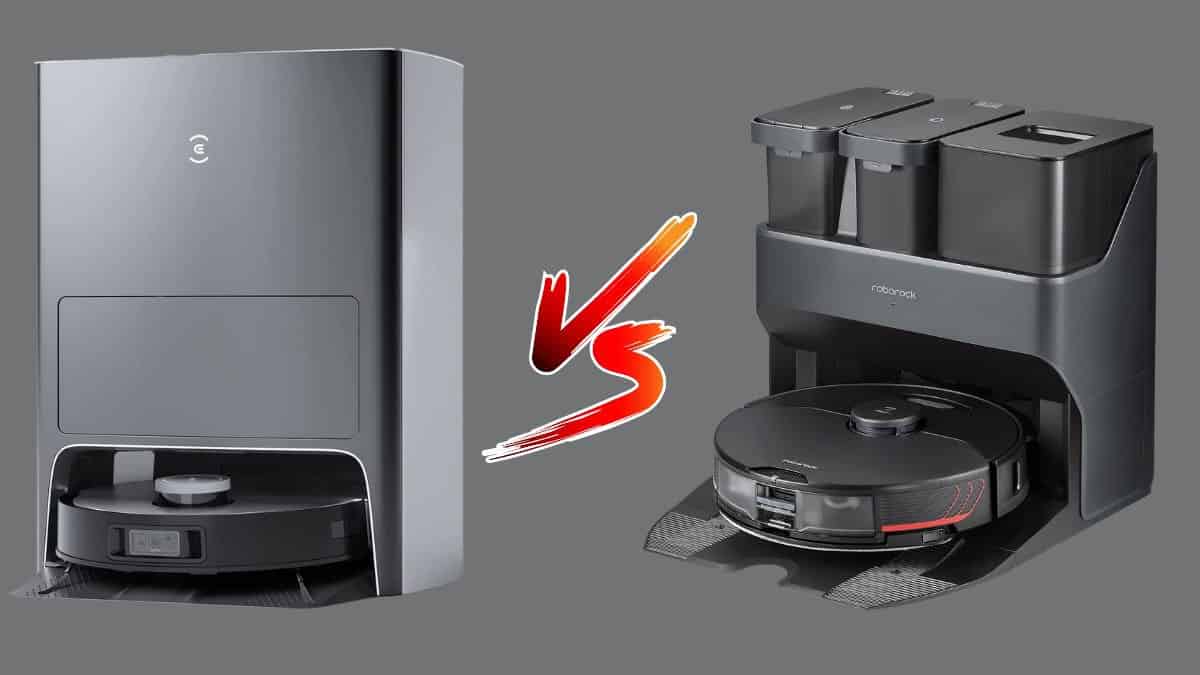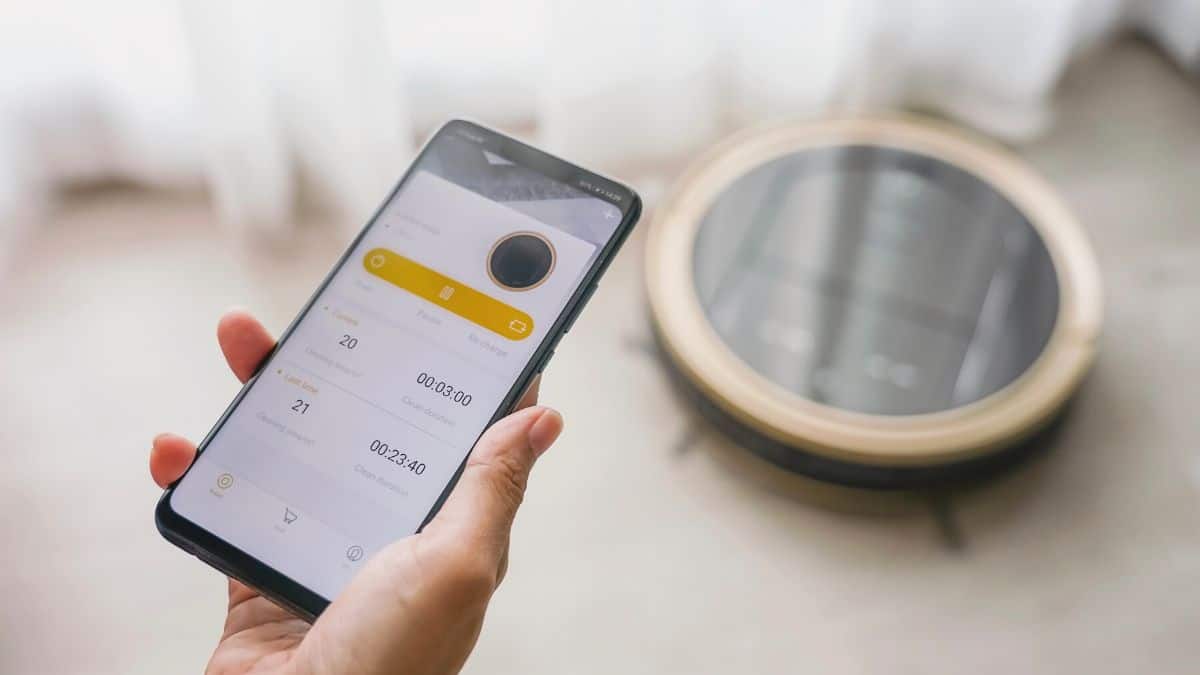
How does a robot vacuum navigate?
When they first appeared, the robotic vacuums had basic navigational techniques and were cleaned chaotically. They were able to clean huge areas. However, they were inefficient because they constantly rubbed the same places.
Modern navigation systems for robotic vacuums are powered by optical sensors and algorithms in more sophisticated models.
The latest technology allows the vacuum to travel through straight lines and cover all areas.
To effectively make a successful cleaning, the vacuum machine must first determine the layout of your house. The program will save this map, and determine what obstacles exist so that it can use it again in the future when vacuuming.
Then, using its smartphone app you can set up distinct “no-go” zones. This is particularly helpful in areas that aren’t safe to let a robot vacuum into, such as in the back of an entertainment center, or a desk in areas with lots of wires that are loose.
If your home is equipped with an intelligent system and wants to connect everything by connecting Alexa or another AI system may be a possibility.
Most older robotic vacuum cleaners do not view the world around them through cameras. Instead, they use bump sensors, cliff sensors, sensors for walls, and optical encoders to observe and analyze the environment around them and their own movement through it.
The sensors on the cliff reflect infrared light off the floor to measure the distance between the robot’s base and the floor to prevent the floor from being swept.
If the robot vacuum is struck by obstructions, like an object like a wall or seat leg, it triggers the sensor for bumps. Bump sensors function similarly to the cliff sensors. However, they work in the reverse direction, as they notify the robot that it comes in contact with the wall or any other object, which allows it to follow the thing.
Light Detection
The most prominent optical encoders are sensors mounted on the wheels of the robot that tell it the distance it has been. Because they employ the use of a light detector to count the number of times the wheels rotated and are referred to as optical encoders.
The robot can calculate the distance it’s traveled based on this. Other sensors like dust scanners that can determine how much dust is collected could be found in various models. However, these are the primary sensors that all robotic vSLAM are equipped with.
Positioning
Accuracy of Mapping and Location In simple and static conditions, Laser SLAM position is usually more accurate than visual SLAM. Still, visual SLAM is more effective in a more expansive and dynamic setting due to its texture information.
Mopping
Although a lot of them come with the “mopping” capability, it’s more of an excellent added option than a practical one. It doesn’t usually possess the strength to clean floors like mopping. It’s more like cleaning it with a damp cloth.
Battery
Another great feature of the vacuums’ navigation system is that it will automatically go back to their dock for charging when they detect that the battery is running low (usually about 20 percent). Then they’ll return to finish the task after it’s fully charged.
Visual SLAM System
Thanks to the advancement of sparse non-linear optimization theories (Bundle Adjustment) and computer technology, real-time visual SLAM is no longer a pipe dream in the last few years. Usually, a visual SLAM system is comprised of a front and a back end. The front end controls the posture and position of the computer robot via vision and is more efficient.
Let’s discover the different types of navigation systems, their characteristics, and how robot vacuum cleaners take advantage of them to better exploit their artificial intelligence.
LiDAR SLAM System
What is LiDAR
Lidar, an acronym for “light detection and ranging,” has been used since the 1960s when planes employed it to study land masses.
The same technology used to search for the earliest Maya cities is also used to power your robot vacuum and self-driving vehicles.
LiDAR is the laser sensor in conjunction with an Inertial Measurement Unit (IMU) to create a map of a room similar to visual SLAM, however with greater accuracy in one dimension.
Lidar is fast and effective and can gather an array of information in a short amount of time, which is the reason autonomous vehicles and robotic vacuum cleaners make use of it to figure out their routes through. It has proven helpful in various fields; archaeologists, farmers, geologists, law enforcement agencies, and the military all depended on lidar in some way or in another way.
Robot vacuum’s Uses:
LiDAR, which stands for Light Detection and Ranging, was a game changer in 2010 when Neato introduced the XV11.
LiDAR determines the distance to an object (for instance, the wall or legs of chairs) by shining light on the thing using several transceivers. Each transceiver emits pulses of light and records the reflection of those pulses to determine the position and distance.
These data points, which could be millions, are then processed into a 3D visualization similar to a map or the point cloud. In contrast to radar and sound waves, lidar does not fade as it returns to the scanner.
Con’s:
However, this is only the case for the objects it can observe. One of the significant drawbacks of 2D LiDAR (commonly employed in robotics applications) is that if one object is blocked by another object. The information is lost at the same high point of the LiDAR or if a particular object is uncoordinated in shape and doesn’t have the same width across its body.
Visual SLAM Technology
What is vSLAM
Visual simultaneous mapping and localization (vSLAM) is fast becoming the most important advance in embedded vision, with myriad possible applications. It’s a technology that, in terms of commercialization, is in its infancy. It’s nevertheless a promising technology that can address the weaknesses of existing navigation and vision systems. It also has enormous commercial potential.
The visual SLAM method employs cameras, usually paired with an IMU, for mapping and plotting a path for navigation. If an IMU is used in conjunction with an IMU it is referred to as Visual-Inertial Odometry or VIO. Odometry is the process of using the motion sensor’s data to calculate the robot’s changes in the direction of its movement over time. While SLAM navigation can be carried out in indoor and outdoor settings, most of the cases we’ll examine in this article are related to the indoor robot vacuum cleaner. For instance.
In a typical SLAM system, the set points (points of interest as determined through the algorithms) are tracked by each camera frame to determine a triangulation 3D position, known as the triangulation of feature points. This information is transmitted back to generate a 3D map and determine the robotic’s position. An IMU can be used to help with feature-point tracking, for example, when you move the camera towards the wall. This is crucial for drones as well as other robots that fly that do not have odometry built into their wheels.
Robot Vacuum uses
Once mapping and localization using SLAM are completed, the robot can map an appropriate navigation route. With the vSLAM system, the robot vacuum could quickly and efficiently navigate through a room, avoiding chairs or tables to determine their position and the objects around them.
Con’s
One of the problems in vSLAM is the differences between the perception of the position and the actual set point location. Also, Camera optical calibration is vital to limit the geometric distortions, and reprojection errors can affect the precision of signals to the SLAM algorithm.
Finding the best navigation system for your robot
When choosing which navigation system you will use for your robotics software, it is crucial to consider the fundamental issues in robotics. Robots should be able to navigate through various paths, surfaces, and even objects.
A robot vacuum cleaner must traverse various surfaces such as hardwood flooring as well as carpets to determine the most efficient way to move between rooms. Certain location-specific data and an understanding of common environmental restrictions are sometimes needed.
The robot has to be aware of whether it’s coming up against obstacles like steps or how far it is to the entrance. Navigation using visual SLAM or LiDAR technology could resolve these issues, and LiDAR is faster and more precise but more costly.
Both visual SLAM and LiDAR are capable of addressing these challenges and are both effective, but with LiDAR generally being more efficient and precise, it’s more costly. Visual SLAM is a cost-effective method that uses less expensive equipment (a camera instead of lasers) and can use a 3D map; however, it’s not as precise and slow as LiDAR. The visual SLAM additionally captures more of the landscape than LiDAR because it can see more dimensions through its camera.
Final Thoughts:
If you’re looking to get the most precise navigation system that you can get, LiDAR and vSLAM are fantastic options. With either of these technologies in place, you’ll be able to pinpoint your exact position accurately without sacrificing other features that could be added later.
The precision and price of these systems differ significantly, and it’s challenging to decide which would best suit your needs without knowing more about your requirements.
If you pick Visual Slam or Lidar, set up your Slam system to run the most reliable IMU software and intelligent sensor fusion to maximize the performance of your robots.


